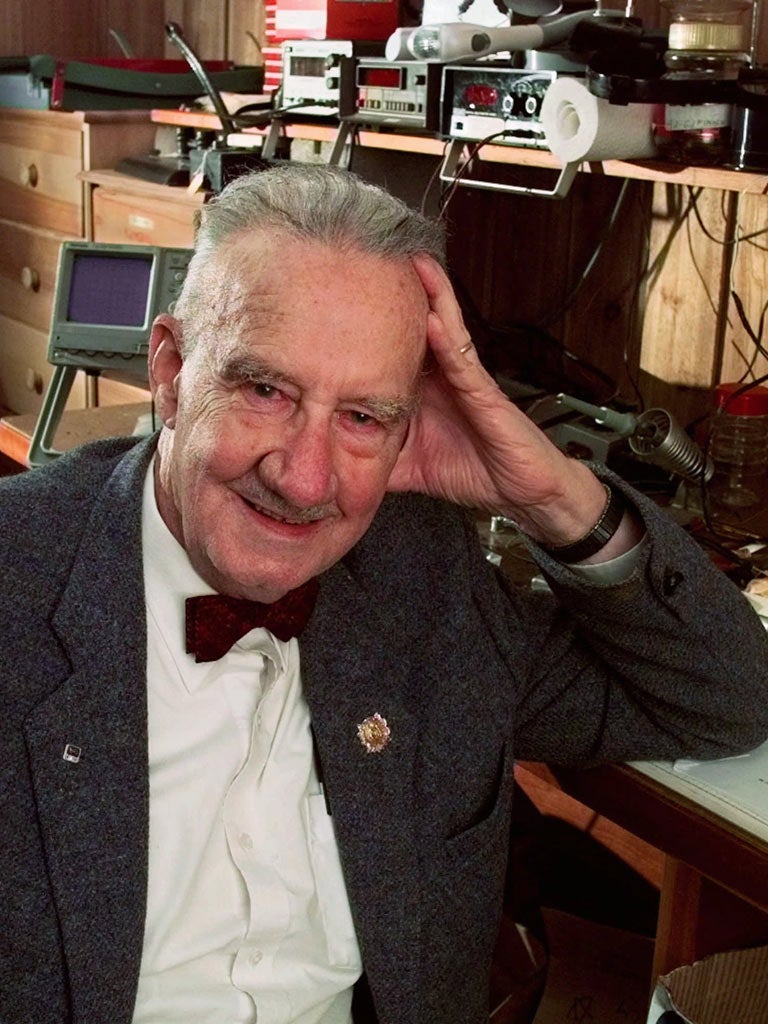Pacemaker inventor dies at 92

Wilson Greatbatch, the man who invented the implantable cardiac pacemaker, has died at 92.
Kathryn Tarquin, a spokeswoman for the company Mr Greatbatch founded, said he died yesterday at an assisted living centre in suburban Buffalo, New York state.
His son-in-law Larry Maciariello said his children were with him.
In a lifetime of inventing, Mr Greatbatch received more than 150 patents, including one for the pacemaker, which was first implanted in humans in 1960. He started Wilson Greatbatch Ltd in 1970 to make batteries for the devices. The company is now Greatbatch Inc.
Mr Greatbatch was trained as an electrical engineer at Cornell University and the University at Buffalo.
He was inducted into the National Inventors Hall of Fame in Akron, Ohio, in 1988.
In 1988, Mr Greatbatch was inducted into the National Inventors' Hall of Fame in Akron, Ohio, following in the footsteps of his hero, inventor Thomas Edison.
After his own induction, Greatbatch continued to attend the hall's yearly induction ceremonies for years.
He also made time each year to talk to children at five schools about scientific careers. His message to pupils was: Don't fear failure, don't crave success. The reward is not in the results but in the doing.
"Nine things out of 10 won't work," he said in 1997 when he spoke about his lifelong passion for inventing. "The 10th one will pay for the other nine."
In 1983, the National Society of Professional Engineers chose the pacemaker as one of the 10 greatest engineering contributions to society during the past 50 years.
The device was first successfully implanted in a 77-year-old man at Buffalo's Veteran's Affairs Hospital. The patient lived for 18 months.
Last year Greatbatch Inc celebrated the 50th anniversary of the device. The company's president Thomas Hook said Mr Greatbatch "pushed the limits of science" to develop it.
In 1996, at 76, the Lemelson-MIT Prize board gave Mr Greatbatch a lifetime achievement award.
In his later years Mr Greatbatch challenged the next generation of inventors to develop nuclear fusion with a type of helium found on the moon to replace fossil fuels, which he said would be exhausted by 2050.
He also worked towards finding a cure for Aids.
Though his inventions brought him fame and fortune, Mr Greatbatch held closely to his roots and family. He lived with his wife of more than 60 years, Eleanor - the maker of his trademark bow ties - in an 1845 converted schoolhouse about 15 miles east of Buffalo.
The couple had moved in recent years to their assisted living residence, Oxford Village at Canterbury Woods. Mrs Greatbatch died in January at 90.
Mr Greatbatch was a rear gunner and dive bomber in the US Navy during the Second World War. As a chief petty officer, he taught in the navy's radar school, an extension of a childhood hobby of ham radio.
He taught engineering at the University of Buffalo from 1952 to 1957.
He and his wife had five children.
AP
Join our commenting forum
Join thought-provoking conversations, follow other Independent readers and see their replies
Comments